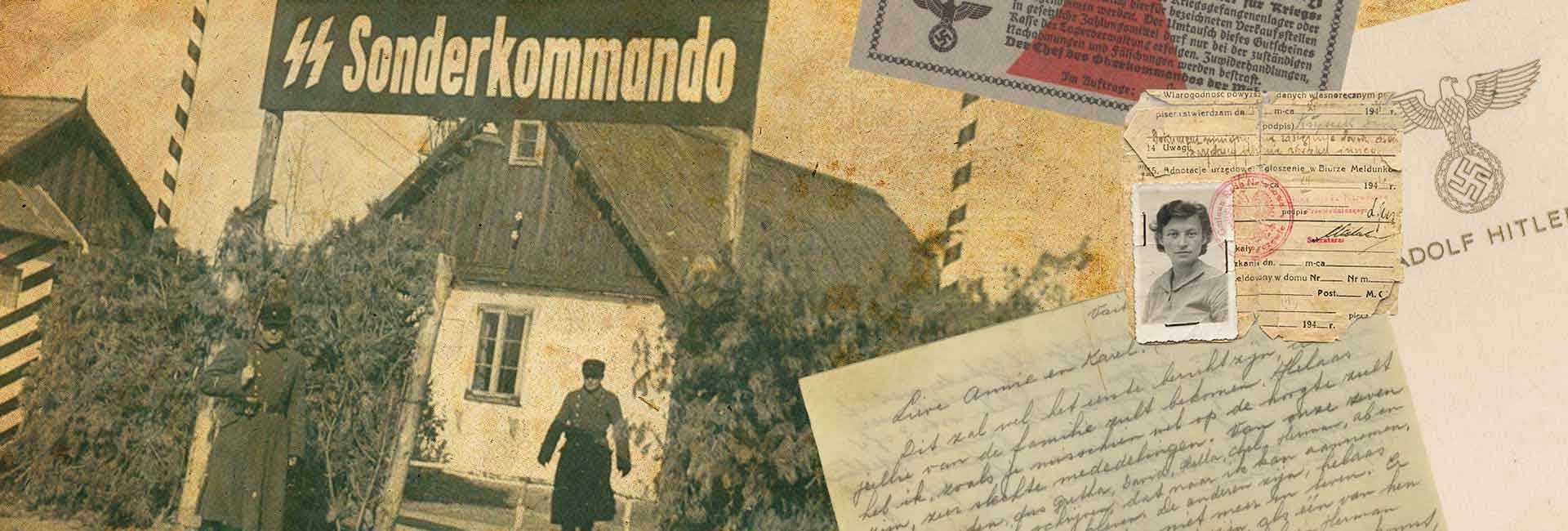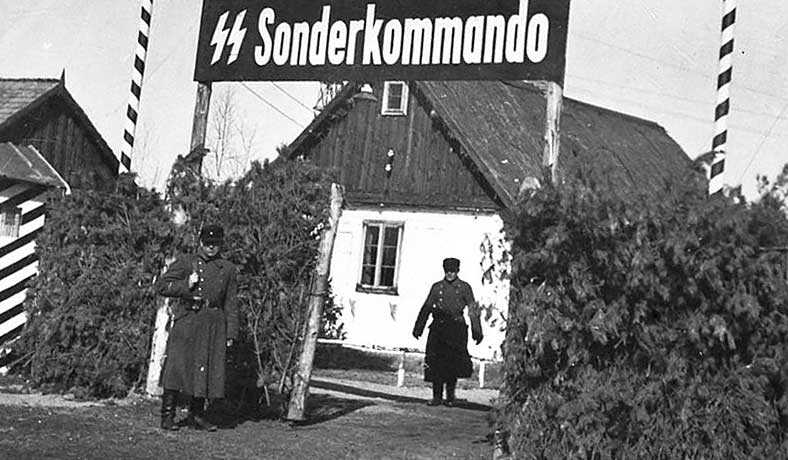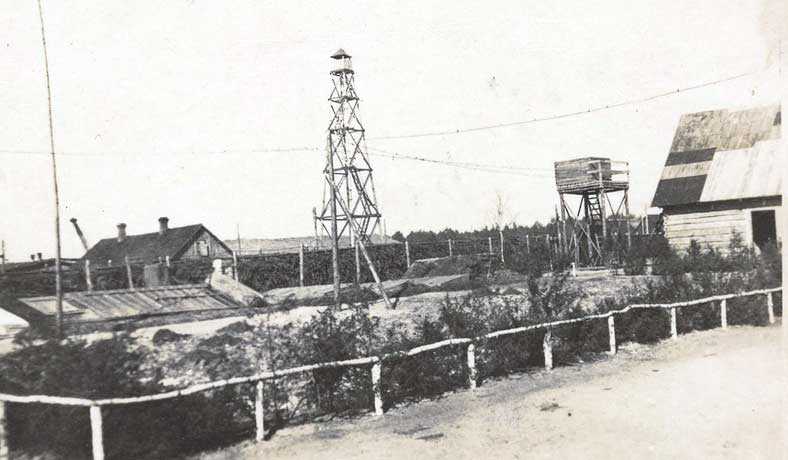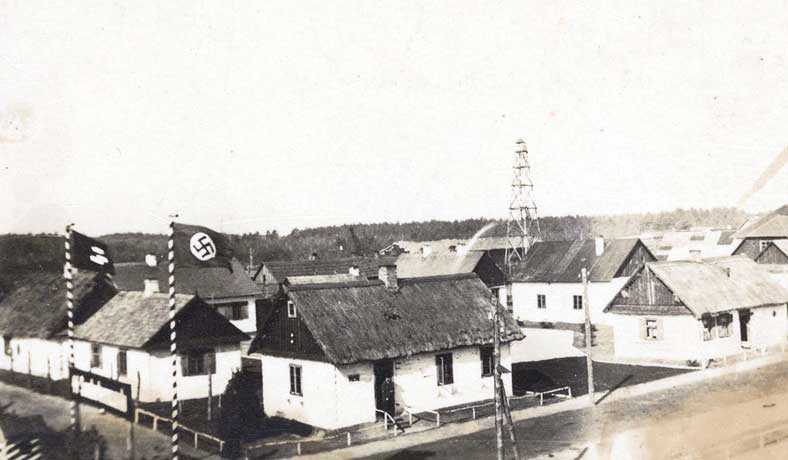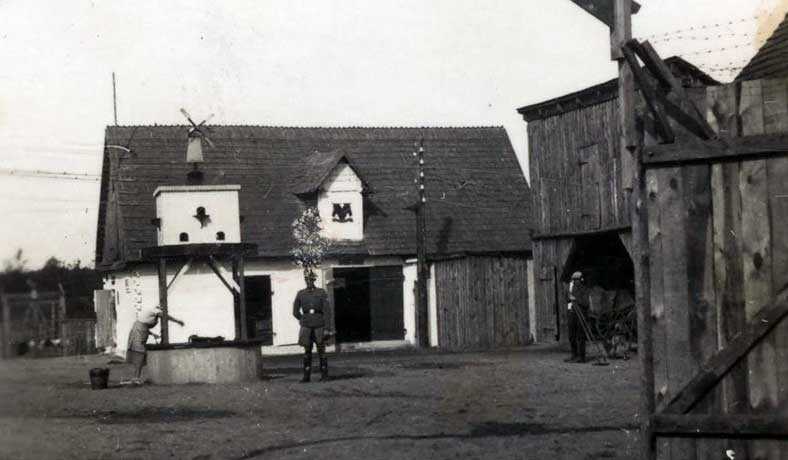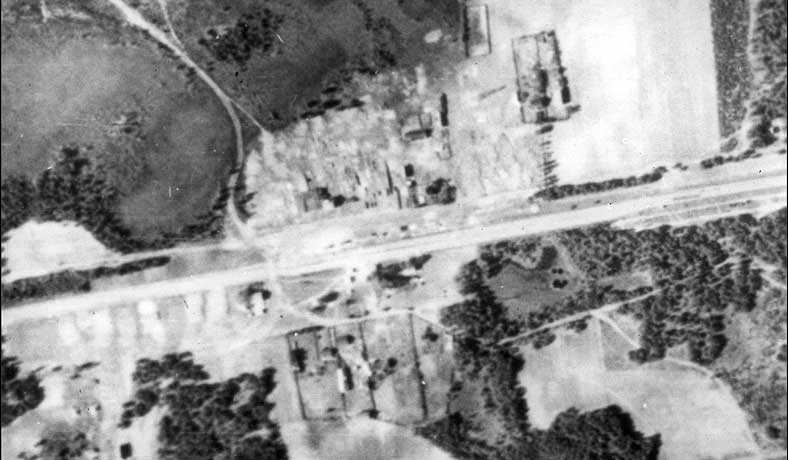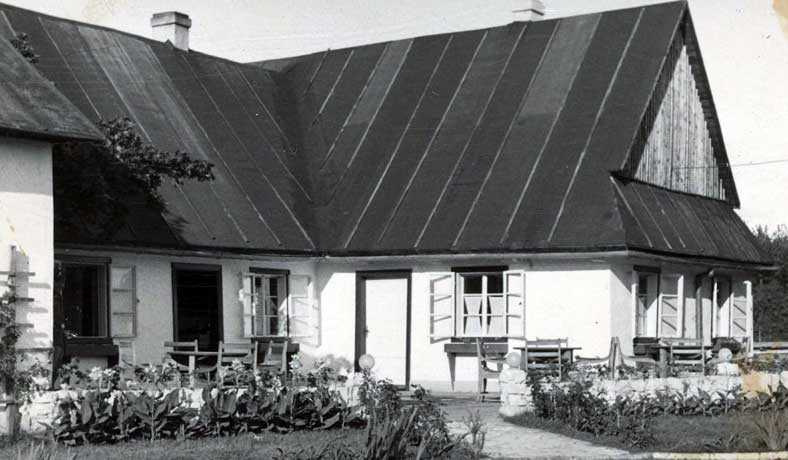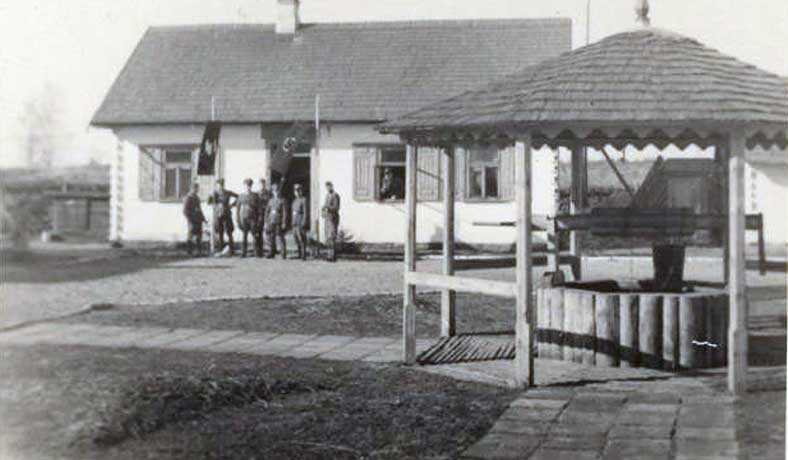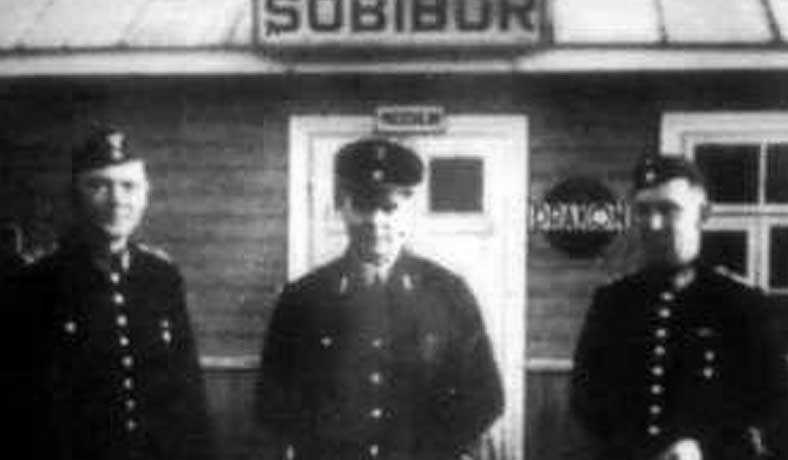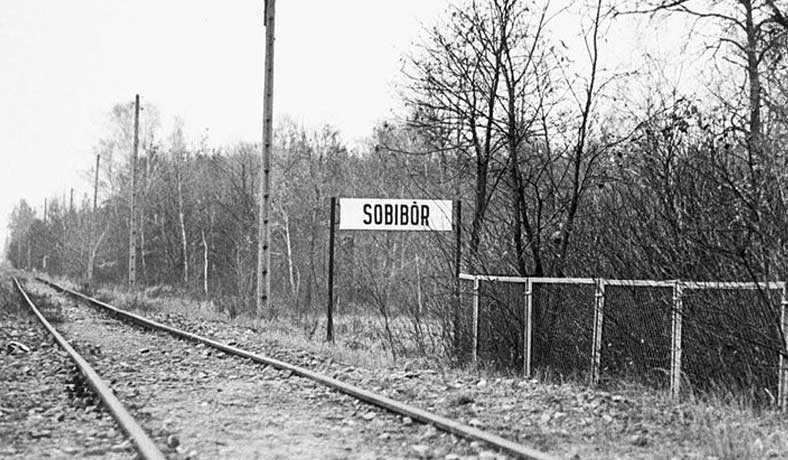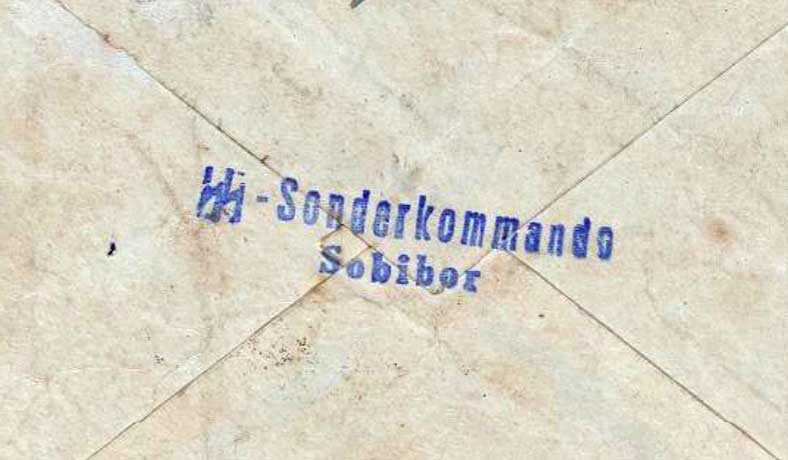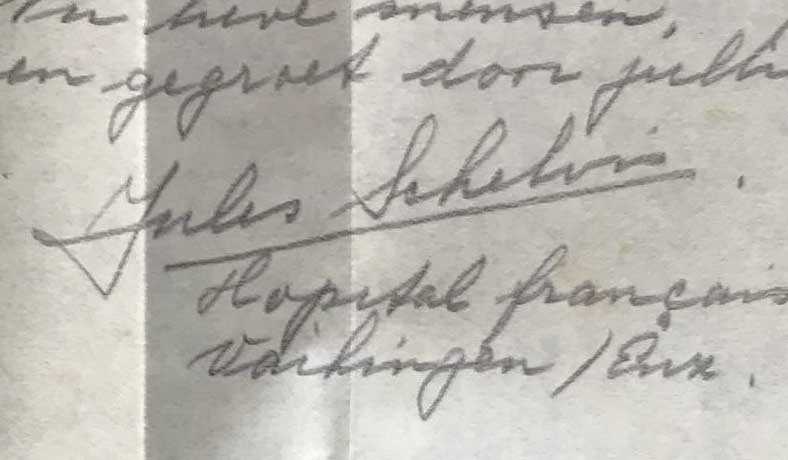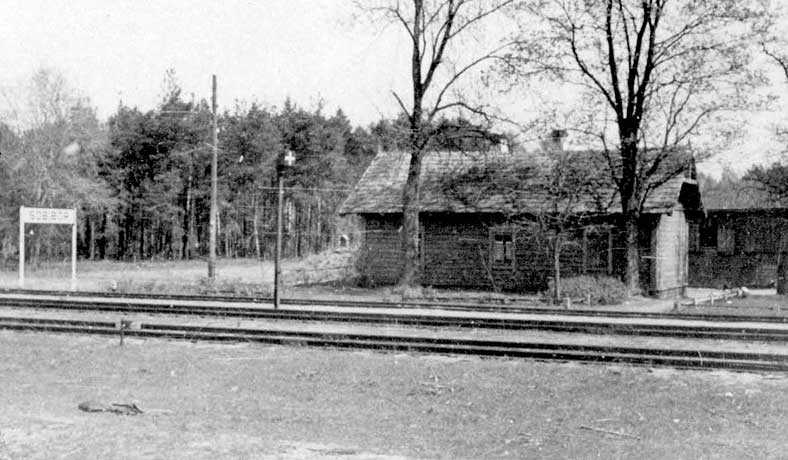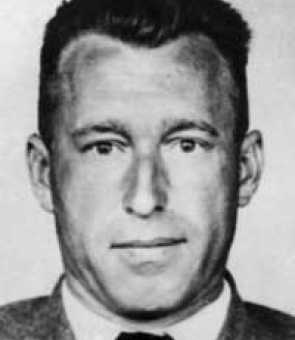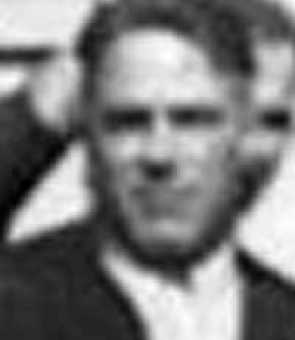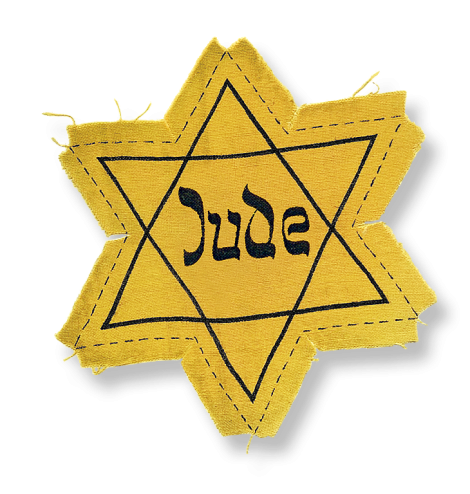
Sobibor was an extermination camp built and operated by Nazi Germany as part of Operation Reinhard (the codename of the secretive German plan in World War 2 to exterminate Polish Jews in the General Government district of German-occupied Poland. This deadliest phase of the Holocaust was marked by the introduction of extermination camps.) It was located in the forest near the village of Sobibór in the General Government region of German-occupied Poland.
"For evil to flourish, it only requires good men to do nothing".
Simon Wiesenthal
History, definition and facts about Sobibor
As an extermination camp rather than a concentration camp, Sobibor existed for the sole purpose of killing Jews. The vast majority of prisoners were gassed within a few hours of their arrival. Those not gassed immediately were forced to assist in the operation of the camp, and few survived more than a few months. In total, some 170.000 to 250.000 people were murdered at Sobibor, making it the fourth-deadliest Nazi camp after Belzec, Treblinka and Auschwitz.
The camp ceased operations after a prisoner revolt which took place on 14 October 1943. The plan for the revolt involved two phases. In the first phase, teams of prisoners were to discreetly assassinate each of the SS officers. In the second phase, all 600 prisoners would assemble for evening roll call and walk to freedom out the front gate. However, the plan was disrupted after only 12 of the SS officers had been killed. The prisoners had to escape by climbing over barbed wire fences and running through a mine field under heavy machine gun fire. About 300 prisoners made it out of the camp, of whom 58 are known to have survived the war.
After the revolt, the Nazis demolished the camp and planted it over with pine trees. The site was neglected in the first decades after World War Two, and the camp itself had little presence in either popular or scholarly accounts of the Holocaust. After the fall of the Soviet Union, the Sobibor Museum opened at the site, and archaeologists began excavations which continue as of 2020. The first photographs of the camp in operation were published in 2020 as part of the Sobibor perpetrator album.
On either 16 or 18 May 1942, Sobibor became fully operational and began mass gassings. Trains entered the railway siding with the unloading platform, and the Jews on board were told they were in a transit camp. They were forced to hand over their valuables, were separated by sex and told to undress. The nude women and girls, recoiling in shame, were met by the Jewish workers who cut off their hair in a mere half a minute. Among the Friseur (barbers) were Toivi Blatt (age 15). The condemned prisoners, formed into groups, were led along the 100-metre (330 ft) long "Road to Heaven" to the gas chambers, where they were killed using carbon monoxide released from the exhaust pipes of a tank engine. During his trial, SS-Oberscharführer Kurt Bolender described the killing operations as follows:
Before the Jews undressed, SS Oberscharführer Hermann Michel made a speech to them. On these occasions, he used to wear a white coat to give the impression he was a physician. Michel announced to the Jews that they would be sent to work. But before this they would have to take baths and undergo disinfection, so as to prevent the spread of diseases. After undressing, the Jews were taken through the "Tube", by an SS man leading the way, with five or six Ukrainians at the back hastening the Jews along. After the Jews entered the gas chambers, the Ukrainians closed the doors. The motor was switched on by the former Soviet soldier Emil Kostenko and by the German driver Erich Bauer from Berlin. After the gassing, the doors were opened, and the corpses were removed by the Sonderkommando members.
Local Jews were delivered in absolute terror, amongst screaming and pounding. Foreign Jews, on the other hand were treated with deceitful politeness. Passengers from Westerbork, Netherlands had a comfortable journey. There were Jewish doctors and nurses attending them and no shortage of food or medical supplies on the train. Sobibor did not seem like a genuine threat.
Real eyewitness testimonies
Selma Engel - Sobibor survivor
"A warm thank you to the United States Holocaust Memorial Museum for their willingness to help in allowing their testimonies to be featured on my website.
The camp specifications
May 1940 - January 1945
± 650 slave labour prisoners
200.000 +
"None of us who entered the camp had any warning what so ever of what we were about to see".
